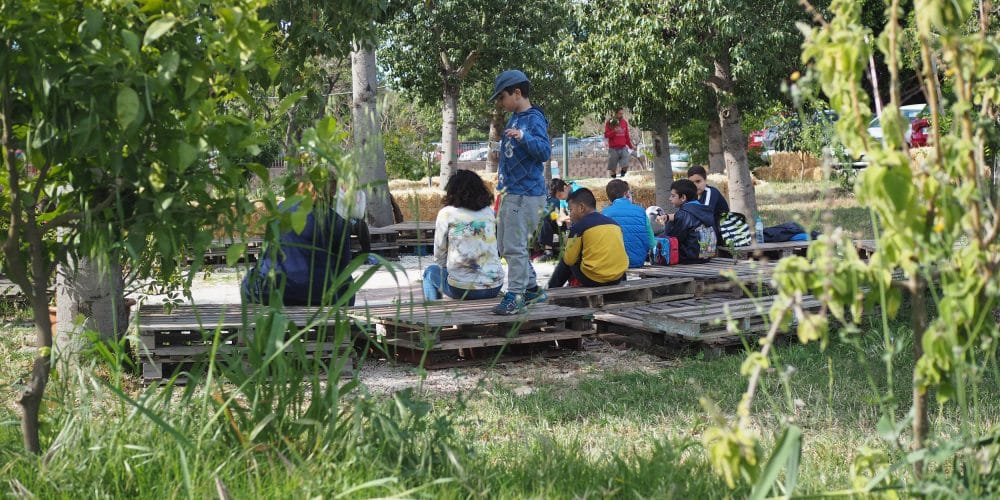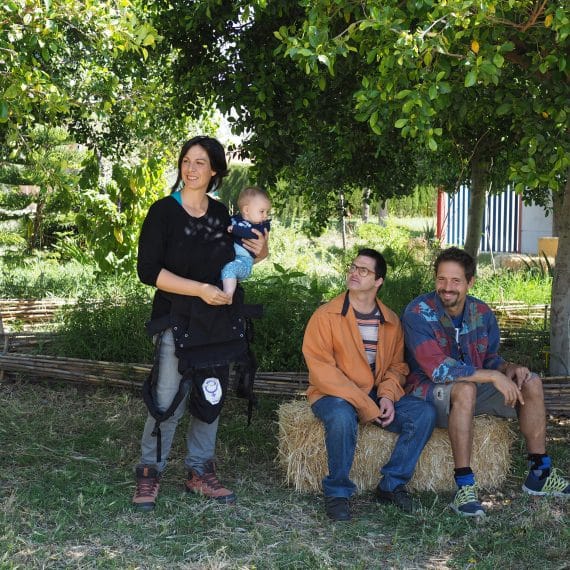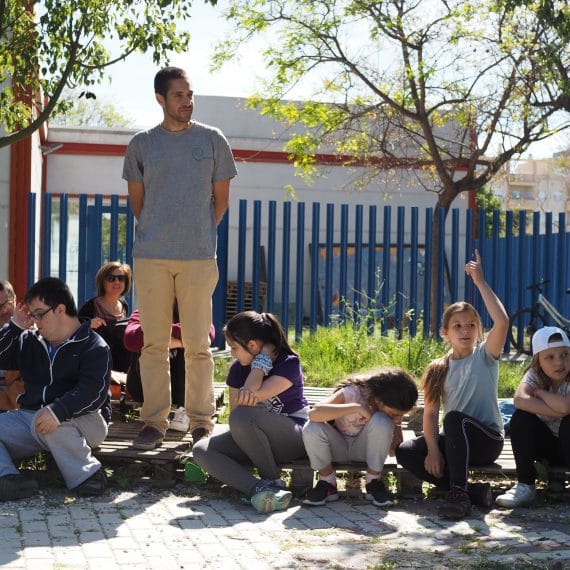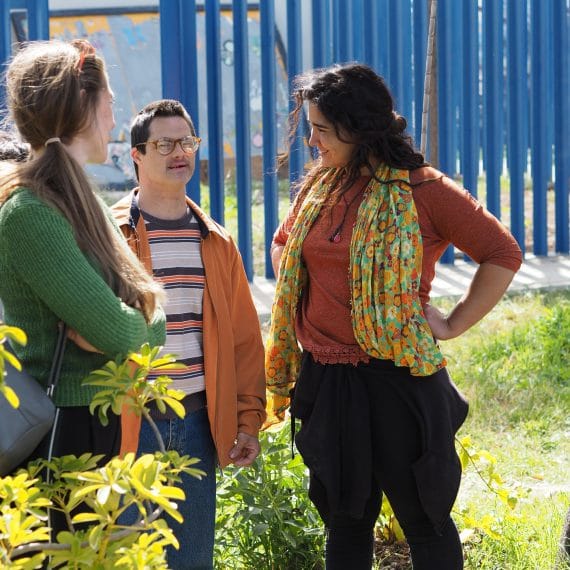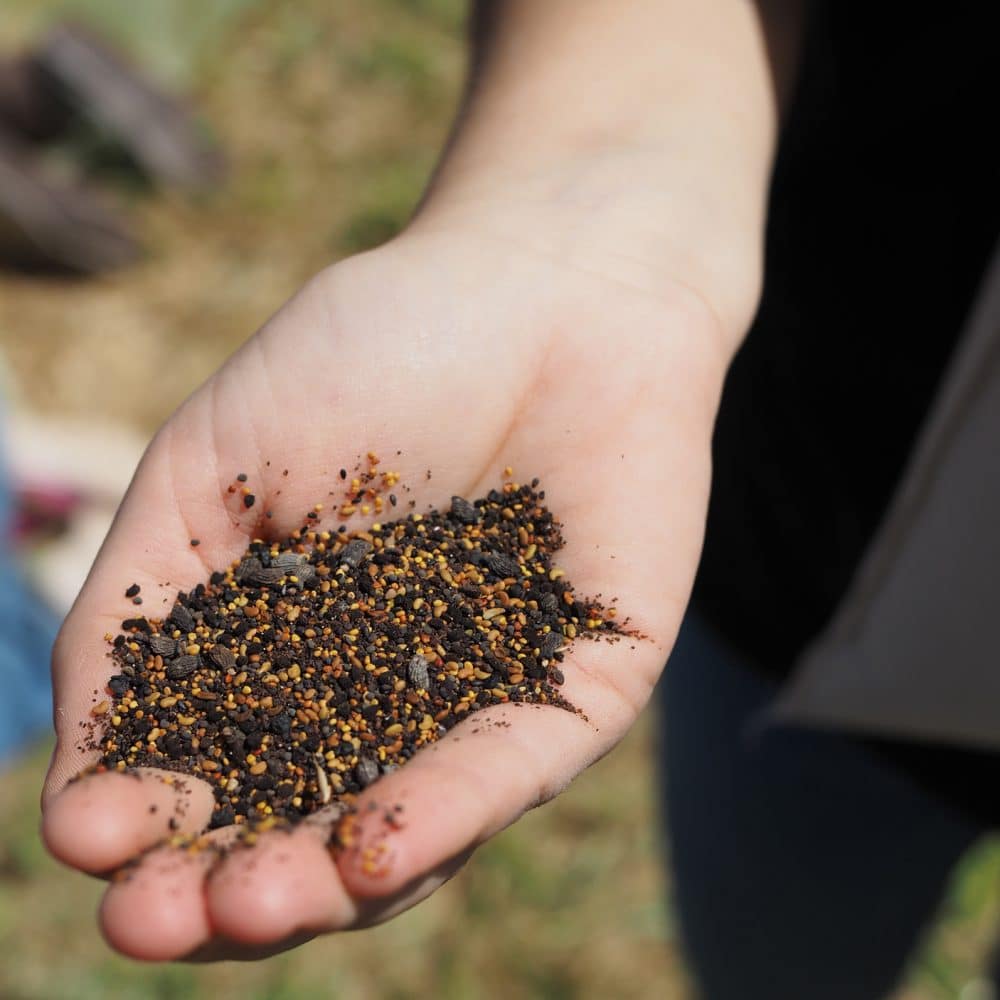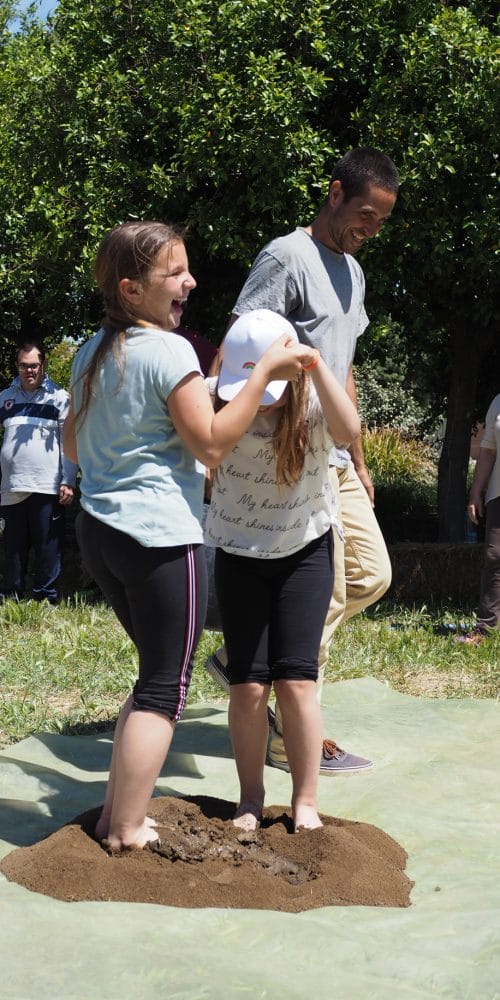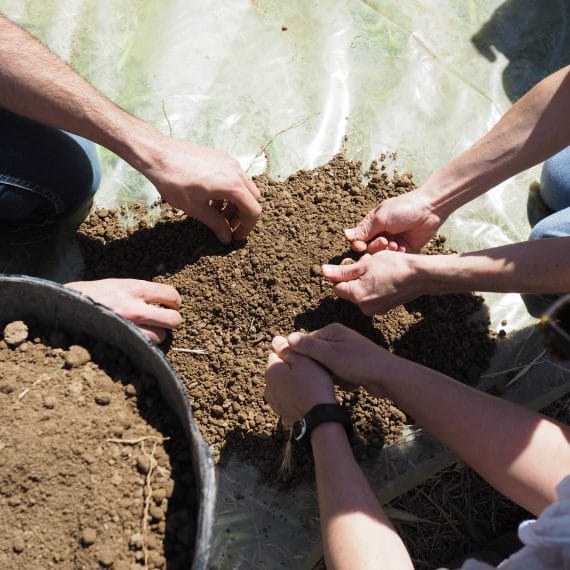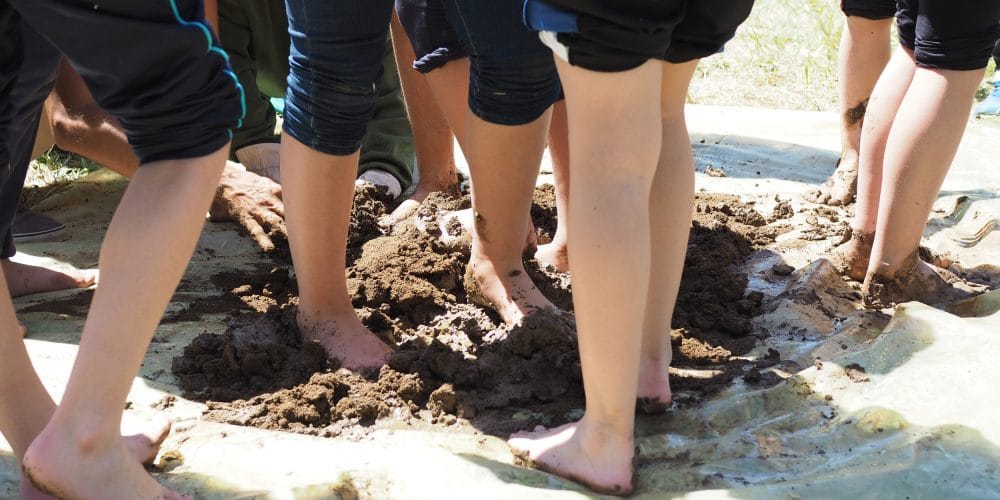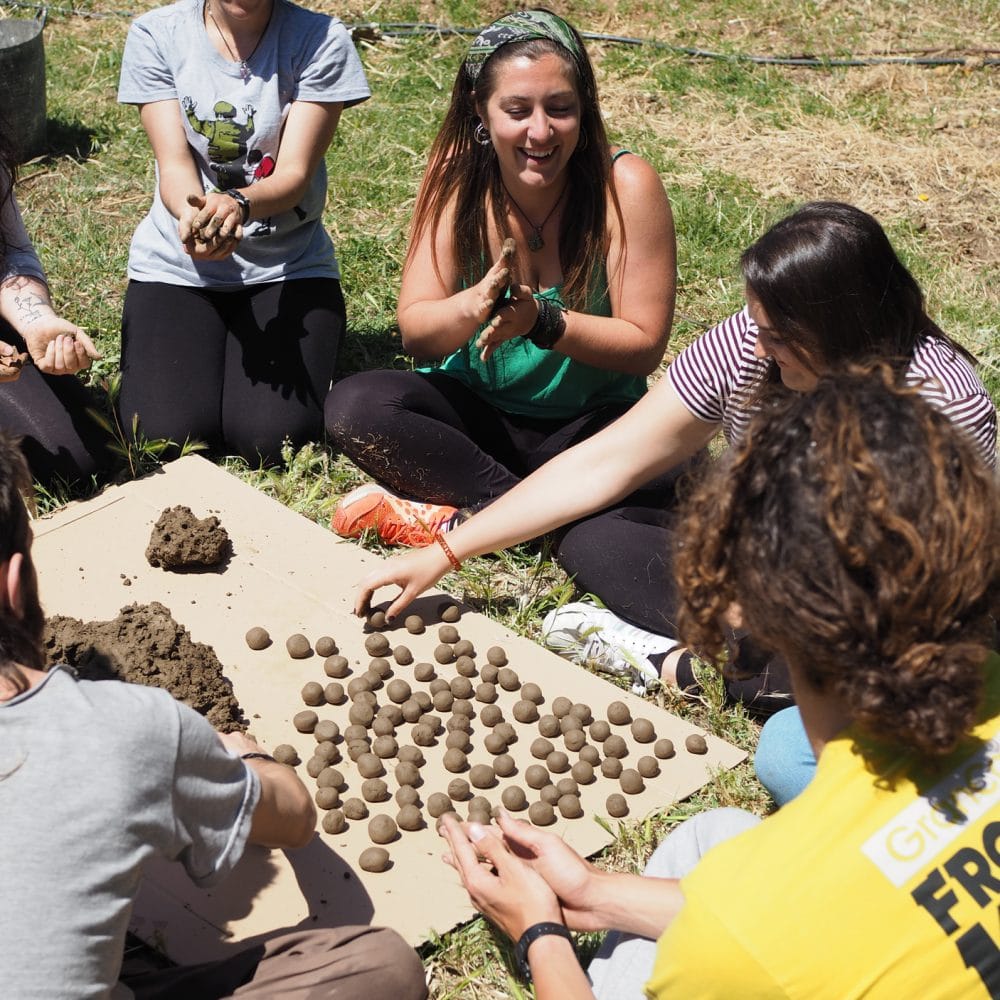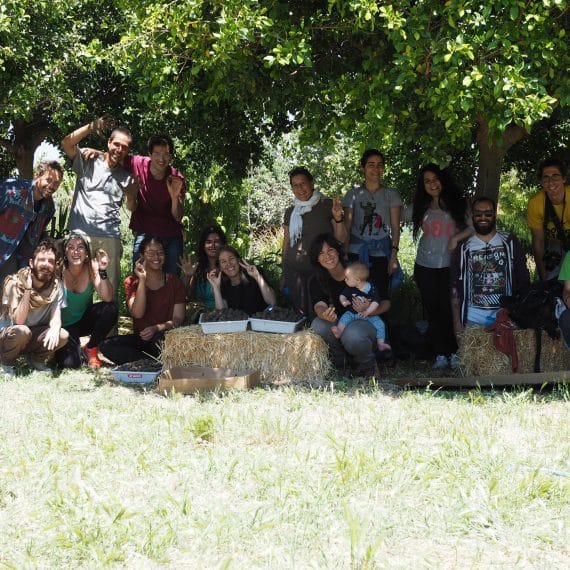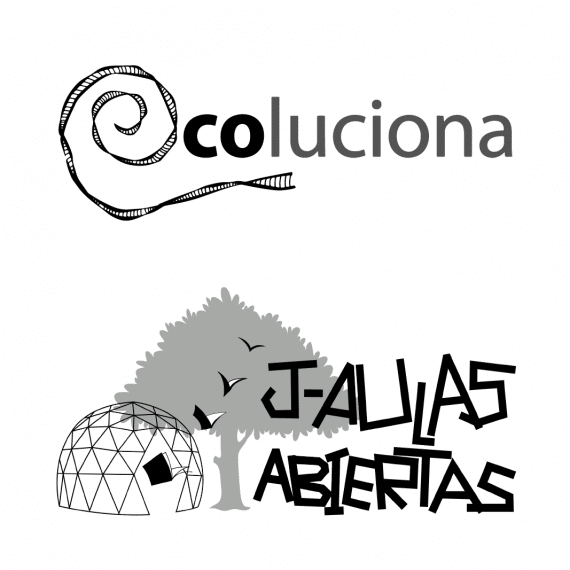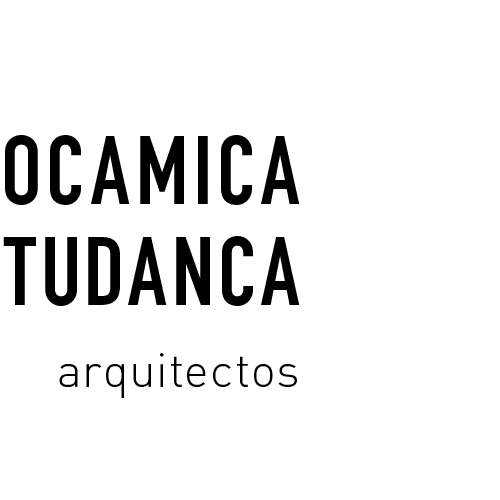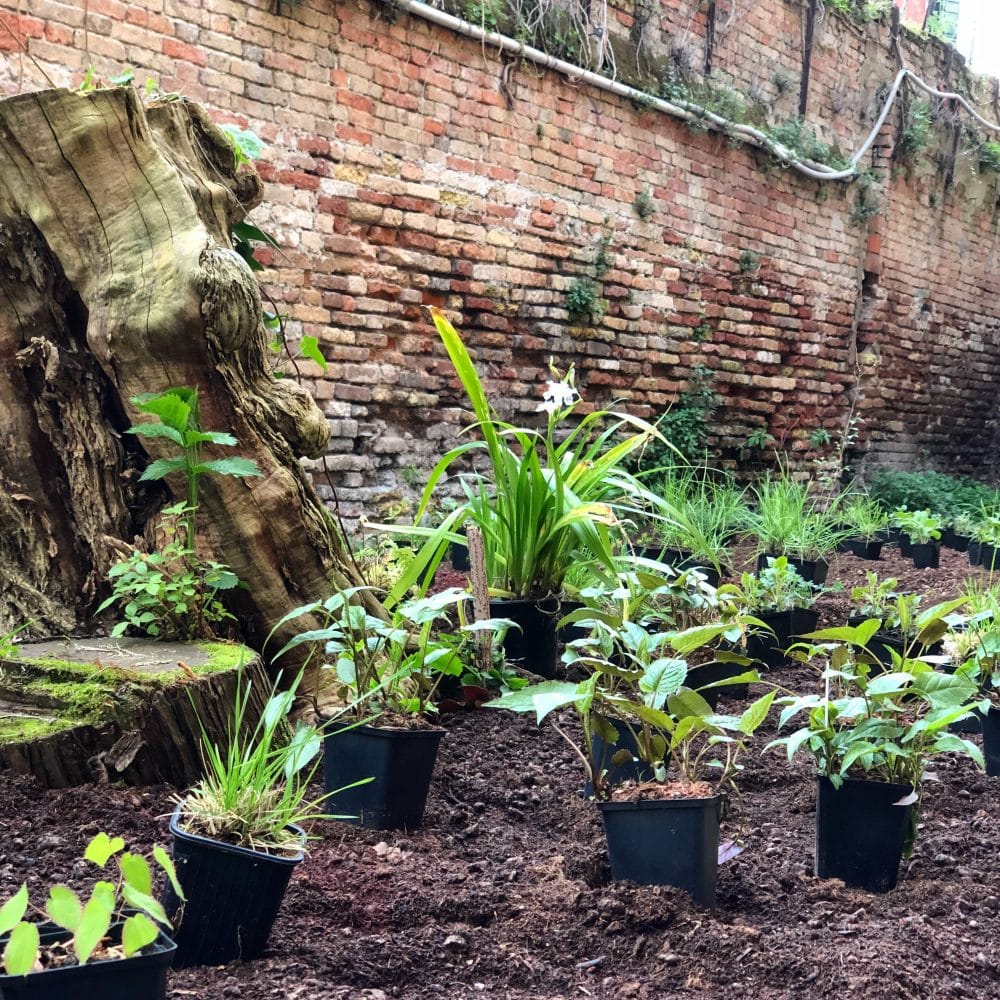
This place, unaware of our logics and programmatic ambitions, has a marginal nature and has become a spontaneous garden by its own means.
Instead of denying its own character, or imposing an abstract discourse about any other quality of the space, we believe the intervention should serve to enhance the garden itself.
We claim the reprogramming of this space as a collective action. The act of experiencing a garden should go beyond the mere observation. The real perception of a garden, of its –and our– present, can only be experienced and felt through intervention.
Making a physical, tangible action allows us to go beyond being mere observers, as we become part of the garden. This makes us aware that our individual actions all leave their footprint behind and contribute to shape the collective spaces we live in.
This intervention goes beyond this particular Biennale. We understand the garden as a process, not as an end itself. It is intended to be a dialogue between you –the visitor– and the garden.
From the 26th of May to the 25th of November, this will be the temporary garden for the Spanish Pavilion at the Biennale. During this time, the actions of every visitor will breath life and energy to this forgotten corner.
Once the Biennale is over, we will abandon this space again. But the garden will remain, once again unaware of us and our attention. It will still keep working under its own rules, moving, transforming, eternally becoming, until we come back to rediscover it in the next Biennale. Then, it will be a different garden, it will have grown and evolved. But it will still be the timeless garden.
Development over time
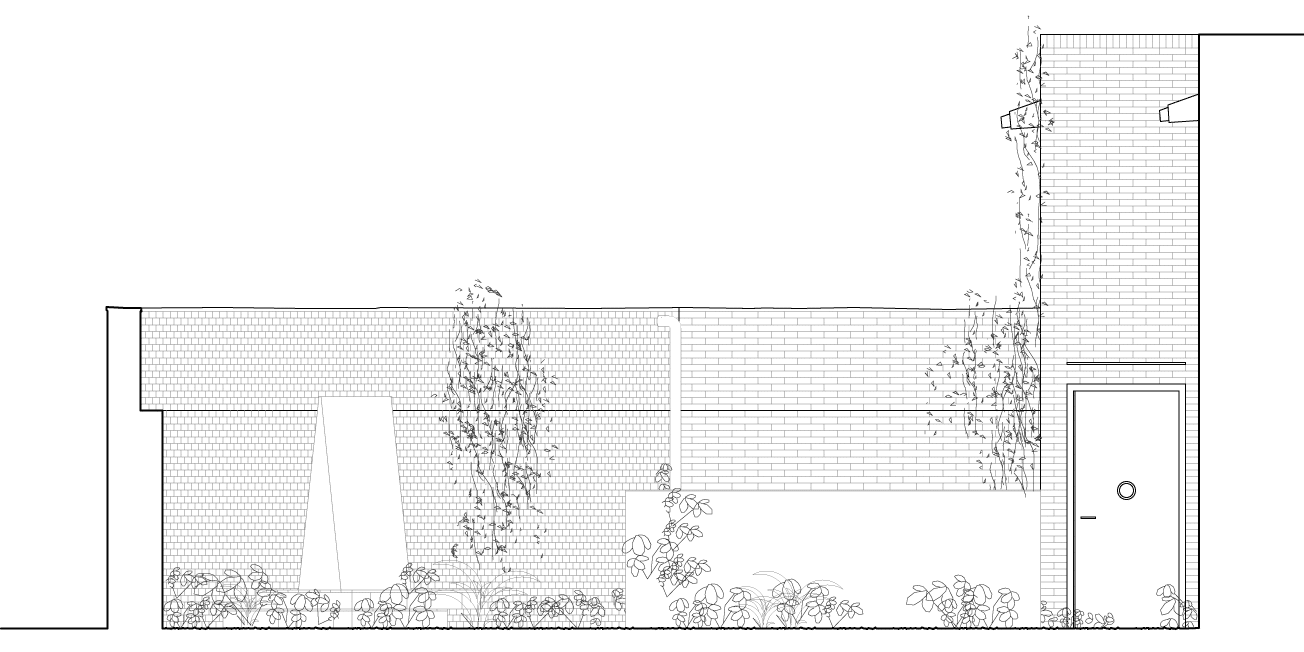
2017 (Initial conditions)
STAGE 0: ABANDONMENT
In its previous state, the abandoned backyard was full of useless and discarded objects that were left behind.
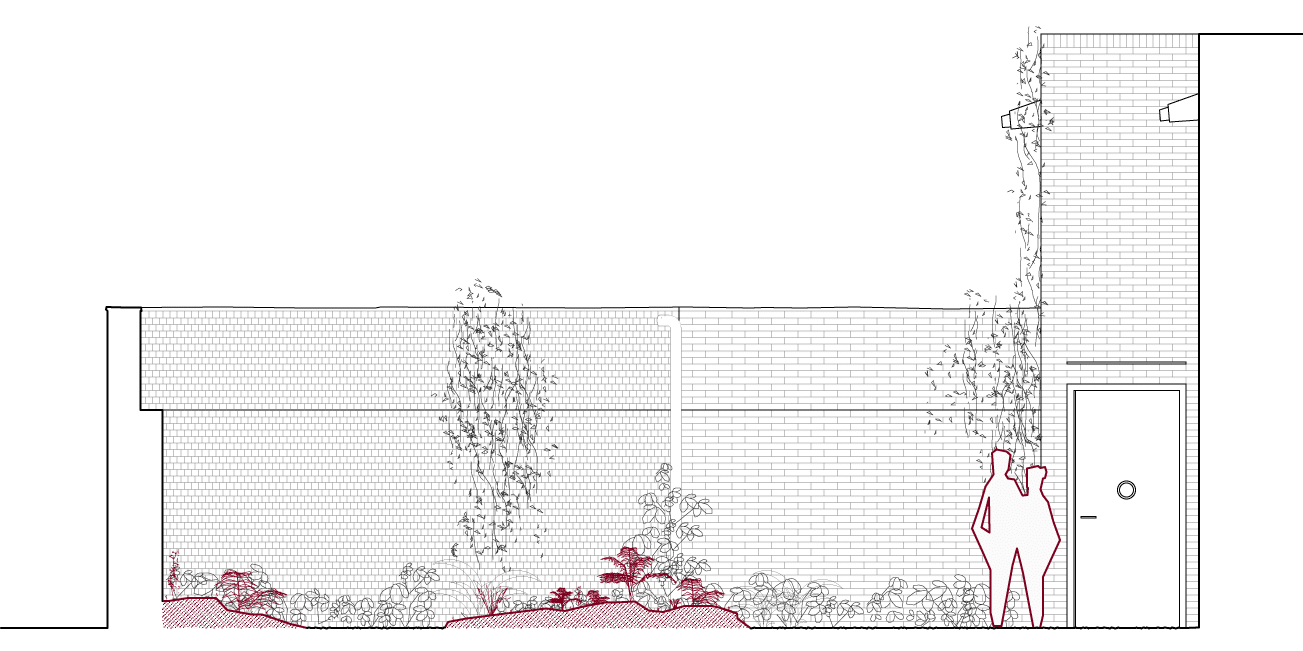
Apr. 2018:
STAGE 1: RESET
By recognising its marginal nature, we reset this unprogrammed spontaneous garden to its primary state: we clear and weed several zones, conserving the flora of interest, and adding a new substrate where more plants will be able to thrive.
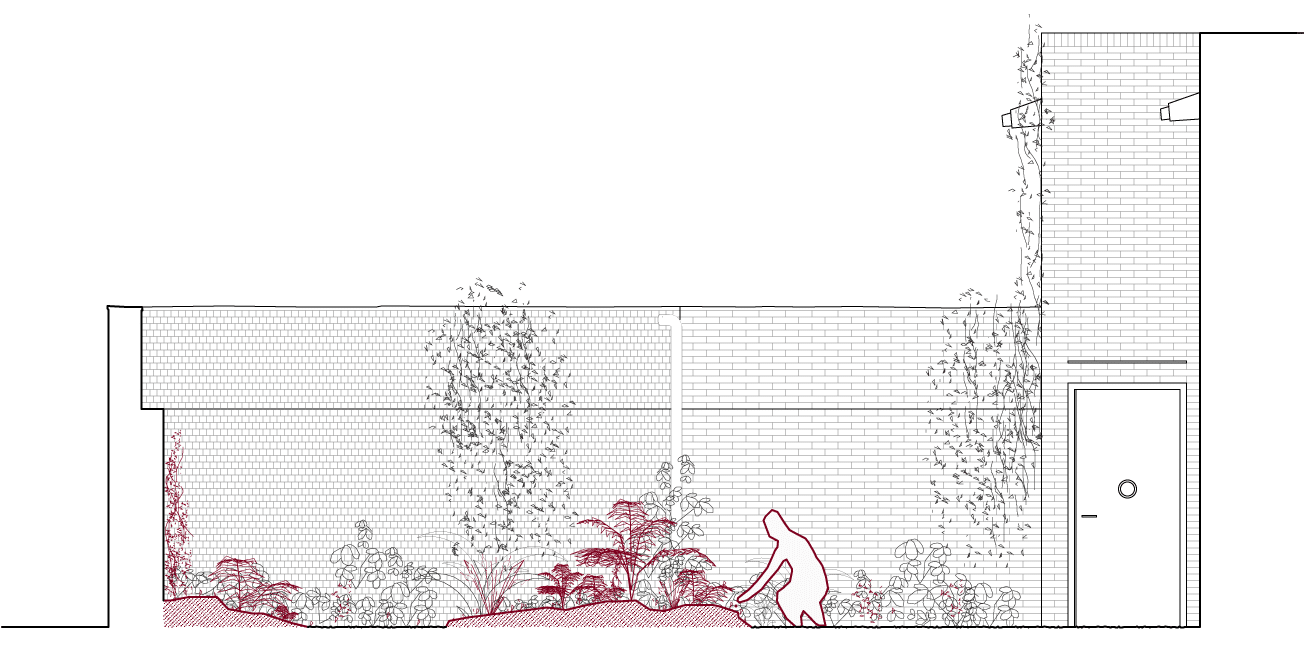
Apr. - Nov. 2018:
STAGE 2: BECOMING
During the Biennale, this abandoned backyard will no longer be a forgotten space. It will welcome all the visitors, inviting them to take part in its re-programming, mutating and evolving with every sowing.
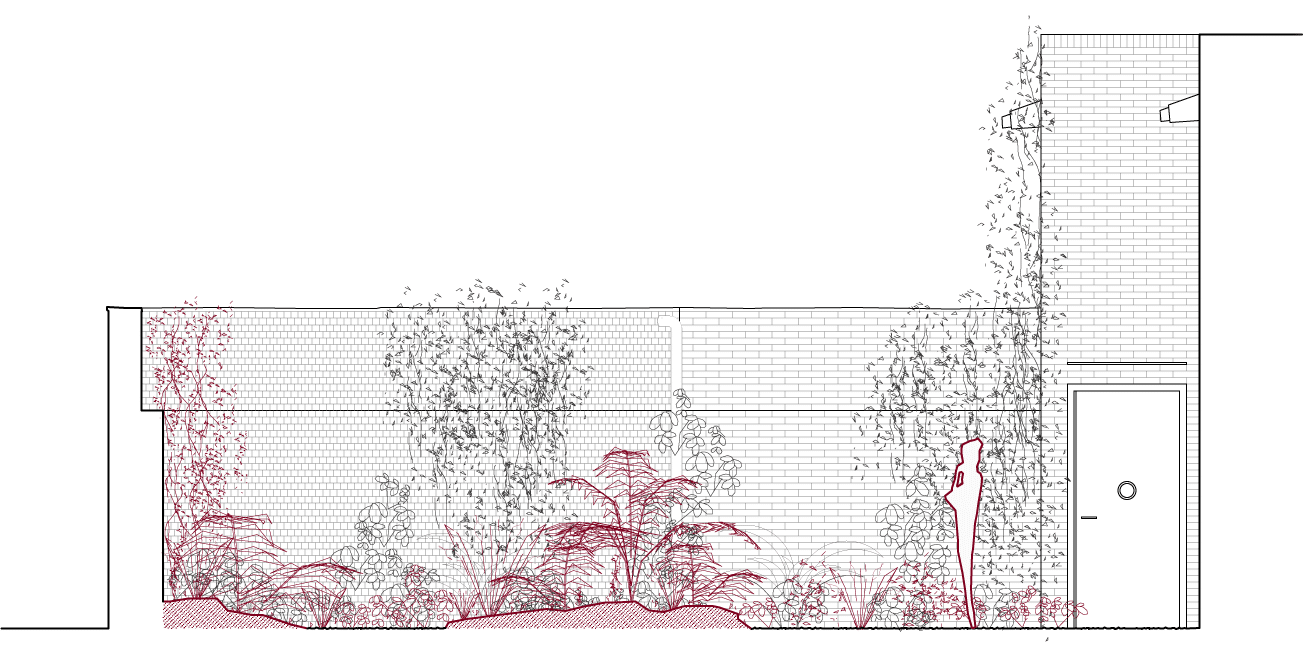
Dec. 2018 onwards:
EL JARDÍN (IN)TEMPORAL
The backyard will be abandoned again until the next Biennale. With this renewed energy, and the introduction of new annual and perennial species, the backyard will be able to thrive and reprogram itself over time.
Take action: become a part of the garden
take a seed ball
Choose your spot in the garden and place the seedball there
Shape this collective space with your individual action
The sowing technique
Nendo dango seedballs
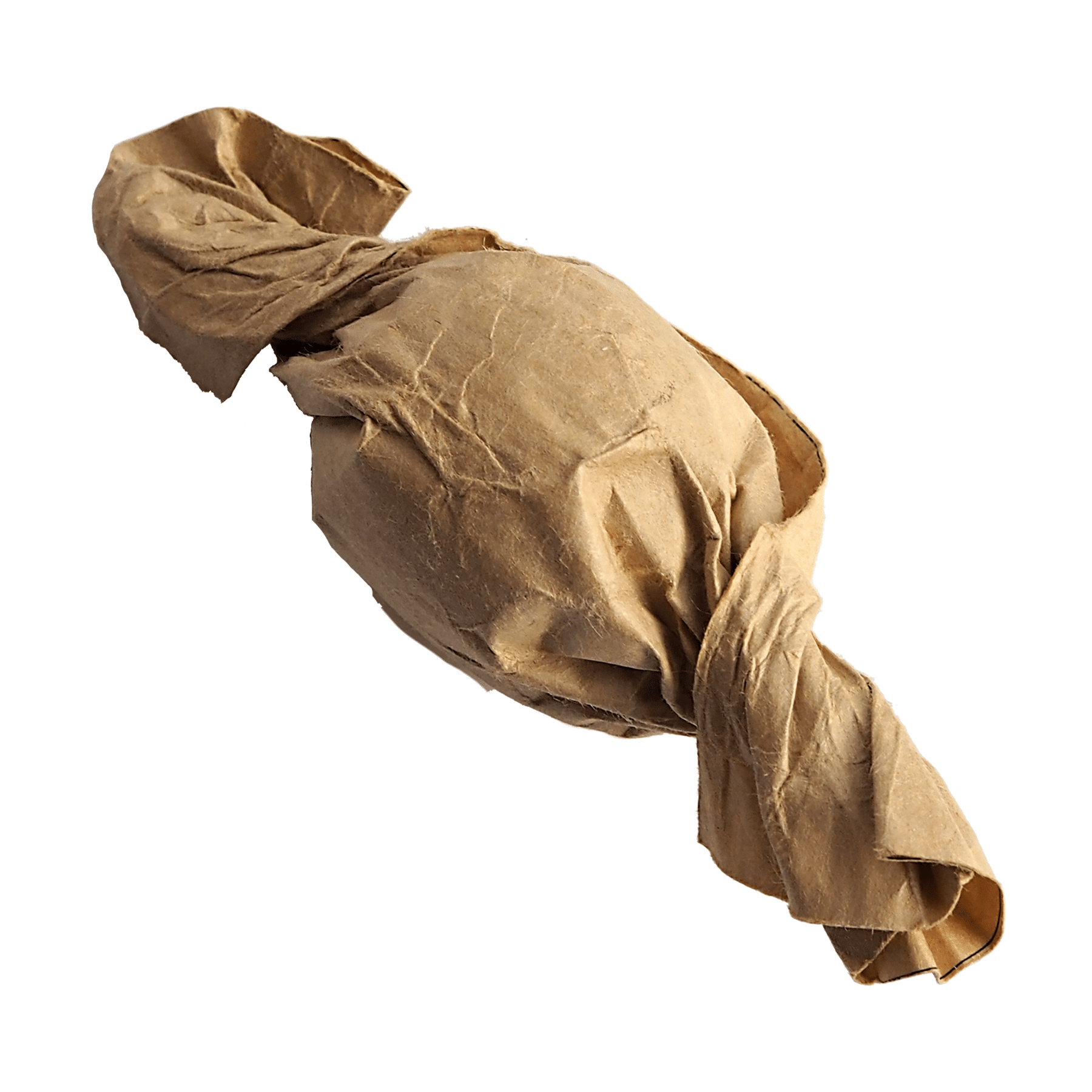
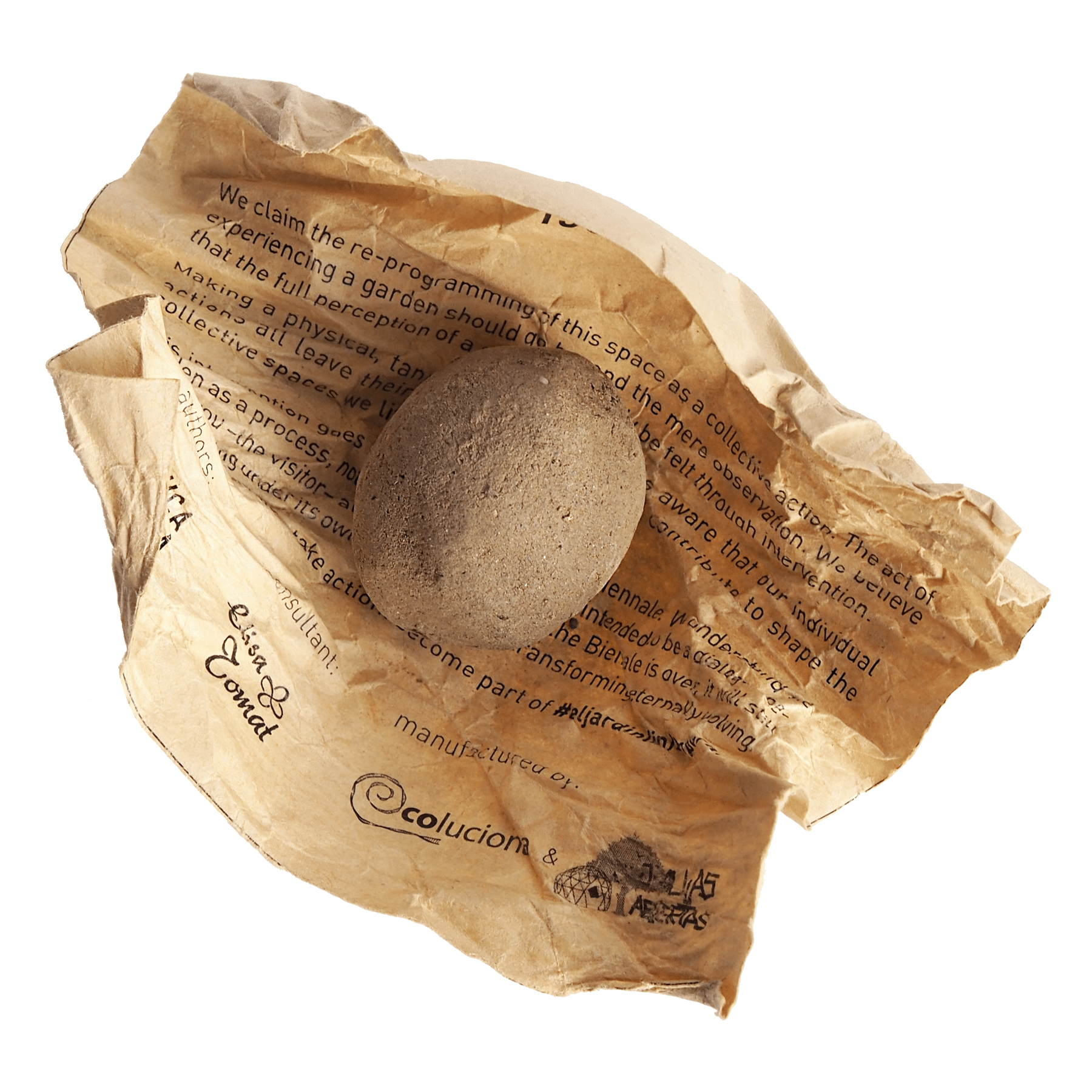
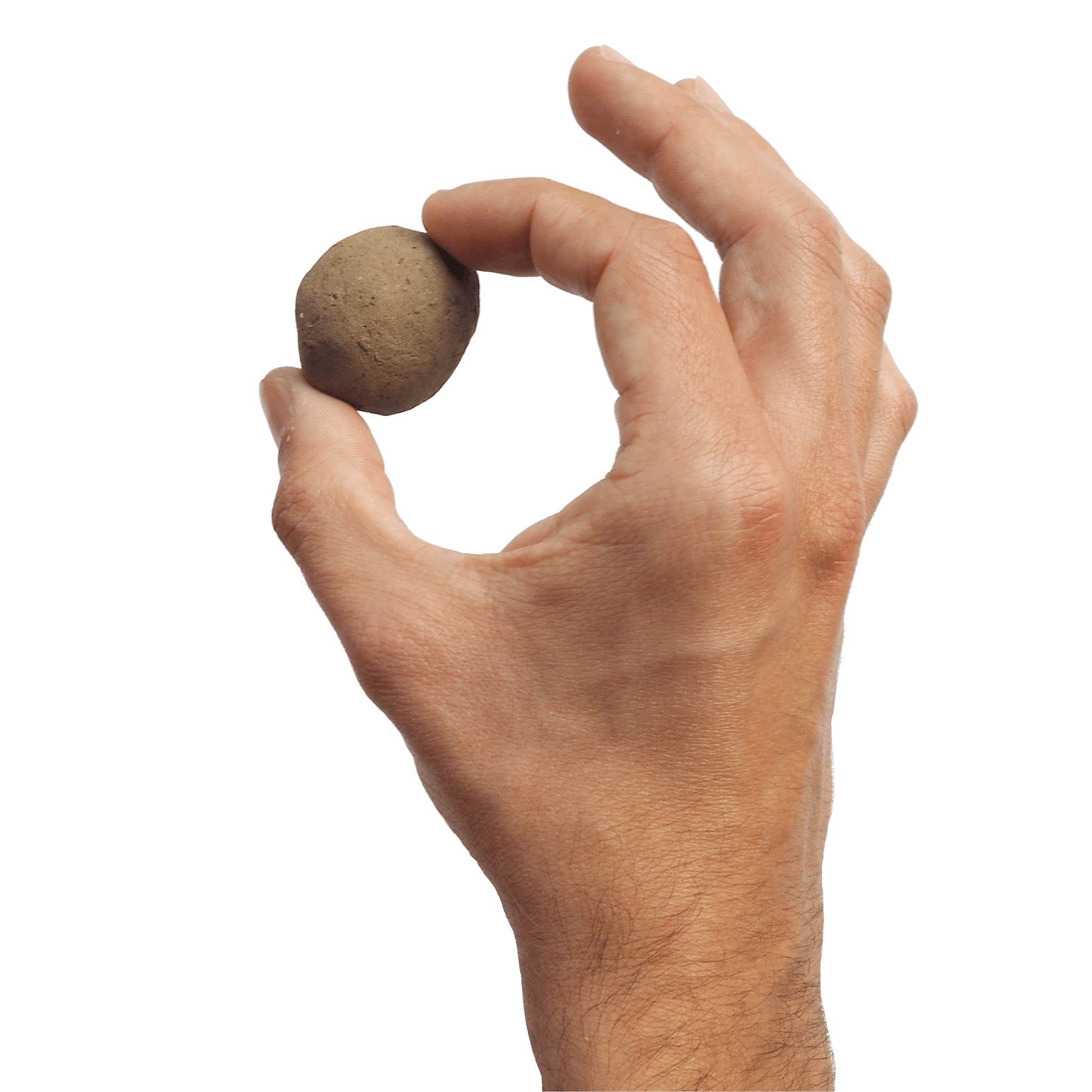
This technique was initially developed by the Japanese microbiologist Masanobu Fukuoka. The seedballs are made by mixing clay, organic fertiliser and selected seeds. They are a very effective method for reforestation. One of their main advantages is that they don’t need to be buried. The clay, which protects the seeds from birds and insects, will eventually melt with the first strong rain, allowing the plants to grow.
40 parts of Clay
10 parts of Worm humus
1 part of Selected seeds
Selection of species
A wide range of wild annuals & perennials
Biological cycle
Average height
Average spread
Colour and temporality of the flowering
Structural interest
Attraction of beneficial insects
Self-seeding capacity
The selection of species comprises a wide range of wild perennials, as well as some annual and biennial plants. The list of species was crafted following the recommendations of the agronomist Elisa Tomat, whose insight was key to ensure the viability of the proposal.
Environmental factors such as sunlighting conditions, water requirements or soil type were carefully taken into consideration. In addition to this, many other more specific characteristics were also crucial. The mural above –also present physically in the Spanish Pavilion– synthesises all this information.
We believe a garden is much more than the ephemeral periods in which the plants are blooming in beautiful colours. A garden can be fascinating all year long, if we are capable of appreciating the subtle shifts in texture, the colour of the foliage changing in the fall, or the almost ethereal shapes of the dry seedheads in winter.
Process of making
Stage 1: Reset

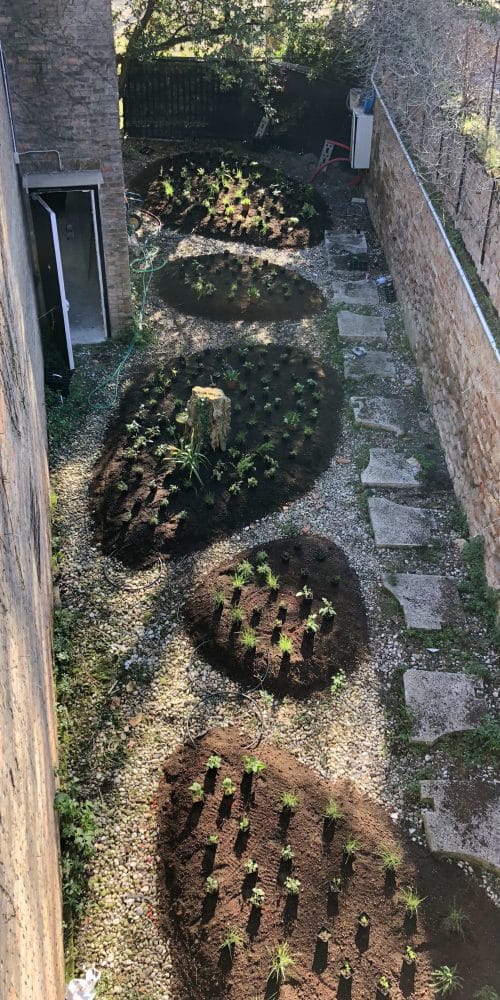
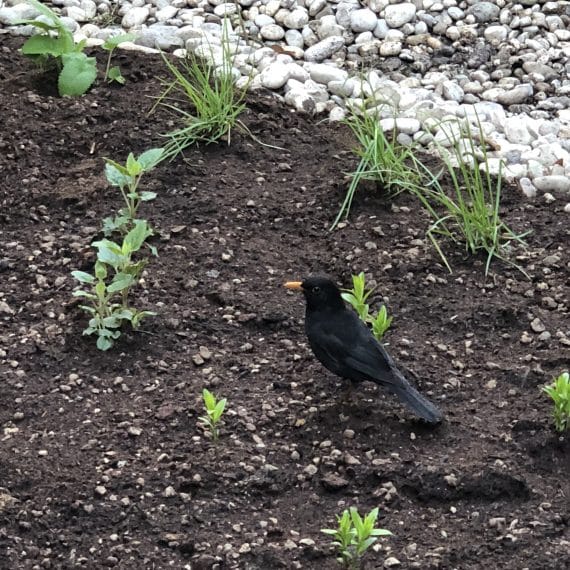
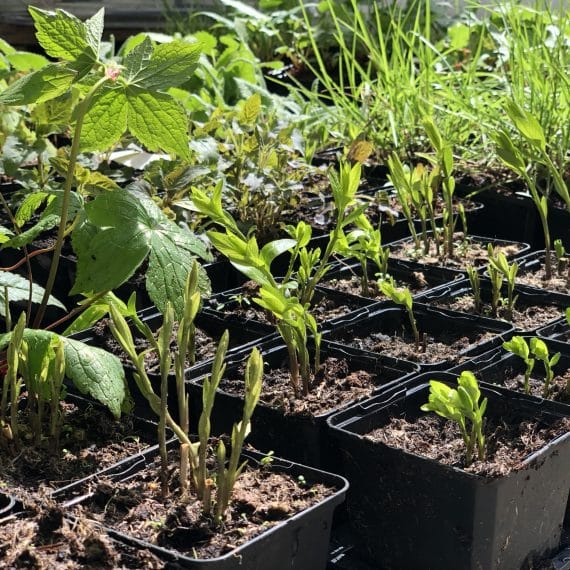
Crafting the seedballs
Workshop by Ecoluciona & J-aulas abiertas
